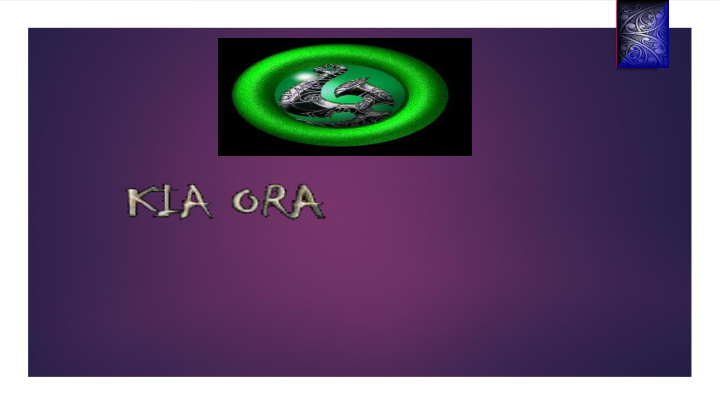



“ He went out into the outback and shot himself. He’d been there for about two weeks before the police found him. ” “I said, Dad where’s that girl I can’t find her? She’s in her room, he replied, as I got to her door, something came over me, and I said to myself, oh you little bitch, better not have … ..as I walked into the room, there she was hanging by her karate belt, in the wardrobe” . “I saw her lying on her face in a puddle of water. I walked up to pick her up, but was stopped by the police, because now this is a crime scene. I just stood there staring at my girl, lying face down in the water” . “The call came early evening: fatal gunshot to the head, the death certificate read. ” “Every year I visit my mokopuna (grandchild) at her gravesite, and I say to her ‘ moko, I still haven’t forgiven you, I’m still angry at you’’ .
This study is about posttraumatic growth (PTG) and in particular, how the notion relates to parents bereaved by suicide. This study seeks to understand the experiences of parents by exploring their lived experiences of suicide grief. TOPIC / KAUPAPA
Question 1 Question 2 What are the What are the mechanisms that outcomes of post influence the post- traumatic growth for traumatic growth parents bereaved by trajectory for parents suicide? bereaved by suicide?
Methods/Methodology Qualitative Maori Centred Kanohi ki te kanohi Case Studies Open structured interviews Field notes Observations Literature
Case study methodology: Triangulation of methods Field notes observa tions literature
Maori Centred Approach Personally Professionally Maori wahine Utilised as an Educator As a counsellor and social worker
Summary of questions and approach: This is a qualitative , Māori centred, case study approach was designed to surface and provide a depth of understanding of the critical themes and features of suicide grief through analysis of the mechanisms that influence the posttraumatic growth of parents bereaved by suicide, along with the posttraumatic growth outcomes of surviving their child’s suicide death.
Negative Positive Key findings – two trajectories to trauma
Table 7. Meaning making Relational Growth Matrix: Relational growth with the deceased - Staying connected PTG Continued Bonds Outcomes. Performative actions Relational growth with significant others – stronger relational connection Closer ties to family Greater emotional disclosure and feelings of closeness to others More compassion for others and more willingness to give to others Performative action through the undertaking of social action Relational growth with self - Personal positive growth Changed priorities, Increased clarity about what is most important in Life A deeper and often spiritual sense of the meaning of life Reinvestment in life, new goals, new possibilities Cultural strengthening, Religious strengthening More empathy and compassion, altruism An increased feeling of personal strength, confidence.
Overview of theoretical concepts significant for this study and linked to the questions in this research Violent Child death Trauma death New Grief Posttraumtic theories Growth Theory New Grief New Grief Theory Suicide Grief Theory and Beravement Transformative learning theory Outcomes Mechanisms
Kia hora te marino, Kia whakapapa Pounamu te moana, Kia tere te karohirohi I mua I to huarahi May the peace be widespread, may the sea glisten like the Greenstone and may the shimmer of light guide you on your way
Recommend
More recommend